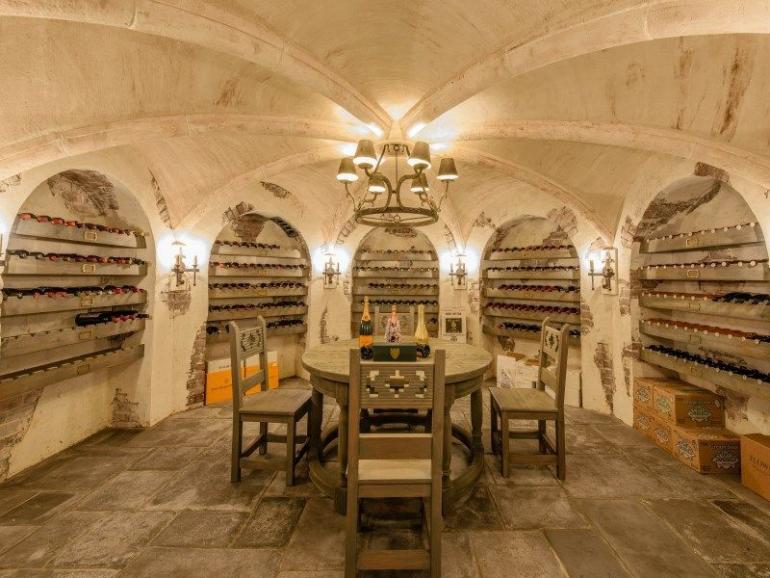
The Game of Thrones section of disputes this figure, which Cersei provides at the end of Season 7. Cersei makes good on promises to pay back debt owed to the Iron Bank, depicted as far and away the most powerful financial institution, and uses a new loan to hire a 20,000-strong mercenary army. What’s the value of the time and money that it would cost to acquire an egg, incubate it, and then raise and train a baby dragon? Adjust that estimate for any dragons that don’t hatch or cannot be taught-or, in the case of the show, are captured by a zombie warlord.Īccess to the global financial system helps keep the Lannisters in control of the Iron Throne. One is by evaluating the cost of dragon ownership. Instead, Daenerys commands her dragon to burn the merchants and then frees the slaves.įor such difficult-to-sell assets as dragons, with no comparables on the market, financial experts would likely scrutinise them in one of two ways, says Steve Schuetz, a managing director for Valuation Research Corporation and Game of Thrones enthusiast. She agrees to exchange one of her then-baby dragons for 8,000 enslaved troops and roughly 5,000 trainees, although it quickly becomes clear that the exchange, and the price that goes with it, is a ruse. Literally.Īt one point, a transaction between Daenerys and moneyed merchants comes close to establishing a market price.


When they do fight, dragons almost always smoke the competition. There are few battles in the show that pit dragons directly against human soldiers. “How many people would it be required for you to choose the group of people instead of the dragon?” Whitmire asks.


 0 kommentar(er)
0 kommentar(er)
